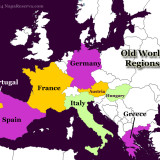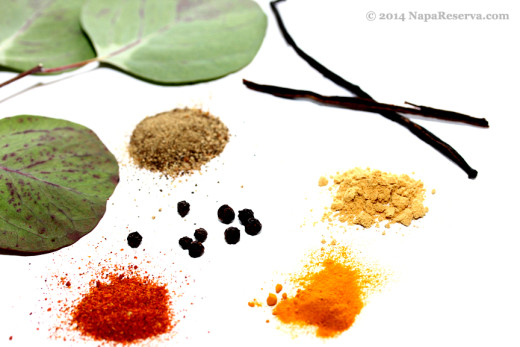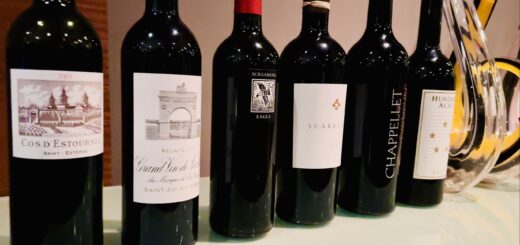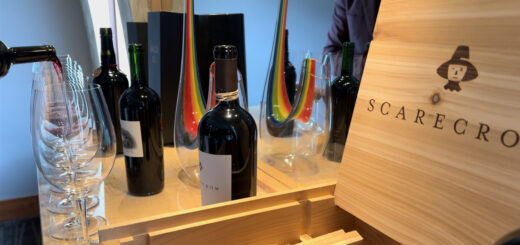Understanding Wine Classification of Burgundy (Bourgogne) France
Unlike wines for Bordeaux, where each district such as St. Julien and Pauillac could have different regulation and exception to their overall Classification. Other than the confusion between village names and the names Grand Cru vineyard, Burgundy wine classification is fairly straight forward and consistent throughout the region.
By definition, Beaujolais is indeed part of Burgundy, but it will not be included as part of this Classification, simply because it grows and produces entirely different wines compared to the rest of Burgundy.
 Varietals
Varietals
Burgundy is all about Terroir, which reflects its wine labeling practice. Wines are labeled based on where the grapes are grown, not by varietals; fortunately, there are only 2 grapes that rule all of Burgundy: Pinot Noir for red and Chardonnay for white. Chablis is a sub district known for its white wine -of course made of Chardonnay.
Regardless of white or red wine, Wines of Burgundy are classified into 4 different levels, ranging from the most common to the very top -known as Grand Cru.
Regional (Burgundy) wines
Often labelled as Vin de Bourgogne (wines of Burgundy) Rough (red) and Blanc (white), this is the most basic wines coming out of Burgundy. It accounts for more than half of wines produced in Burgundy. This is everyday wine, often found on lunch or dinner table across town. Although they can be enjoyable but often lack uniqueness and complexity since they are made with grapes of the same varietal sorted from all over Burgundy.
 Village wines
Village wines
Burgundy has 5 sub-districts: Chablis, Cote D’or, Cote de Beaune, Cote Chalonnaise and Beaujolais. There are many villages within each district. Wines labelled with village name, such as Mersault, Beaune and Volnay, are made with only grapes from that village. Village wines will demand a higher price since they come from more specified and smaller growing areas. More than one-third of Burgundy wines are Village wines.

Premier Cru
Now things are creeping up in price. Starting in 1861, top vineyards that were known to produce very high quality wines were awarded the title of “Premier Cru” (First Growth) or “Grand Cru” (Great growth). A bottle of wine produced from Premier Cru vineyard will sometime be labelled: the name of Village followed by name of the Vineyard -such as Santenay 1er Cru Les Gravieres. It will also state “Premiere Cru” or “1er Cru”. There are 580 Premier Cru vineyards all of Burgundy representing just over 1/10 of total production.
 Grand Cru
Grand Cru
This is the highest quality Burgundy has to offer. With only 33 Grand Cru vineyards, these are vineyards selected for their most ideal growing conditions, which in turn produce the very best wines in all of Burgundy. Burgundy Grand Cru wines are among the most expensive in the world. Only 2% of all Burgundy wines are classified as Grand Cru.
Many Grand Cru wines are so popular and sought after that they usually don’t bother labeling the Village name. La Tache and Le Montrachet are great example, getting a hand on them require some connection or a lot of disposable income.

Things can get confusing when villages with famous Grand Cru vineyards have adapted their name to include the vineyard’s name, a way for the village to coat-tail some Grand Cru glory. The Village of Grevey is now Grevey-Chambertin because Chambertin is a Grand Cru vineyard; Puligni is now Puligni-Montrachet, again Montrachet is a Grand Cru vineyard. For the most part, if there is a “hyphen”, it’s likely to be the name of a village. However in some cases, Grand Cru Vineyards also have hyphenated name, such as: Chapelle-Chambertin and Romanée-Conti.
To make things a bit easier, here are some of the more common Grand Cru vineyards:
- Chablis Grand Cru
- Bâtard-Montrachet
- Chambertin-Clos de Bèze
- Clos de Vougeot
- Clos de la Roche
- Chevalier-Montrachet
- La Romanée
- La Tâche
- Montrachet
- Musigny
- Romanée-Conti
- Romanée-Saint-Vivant




















